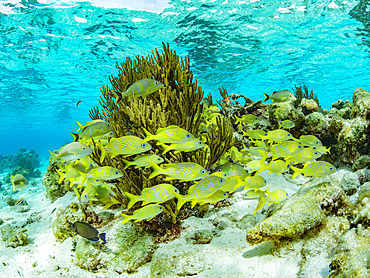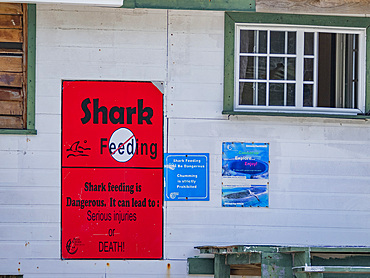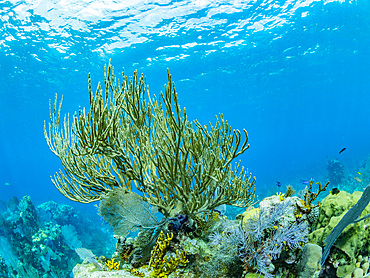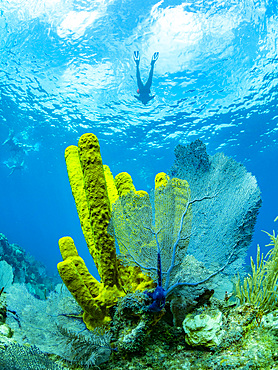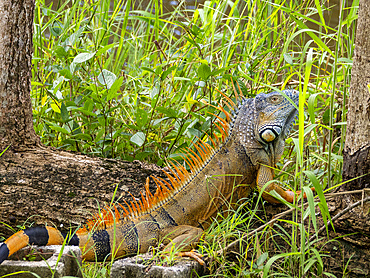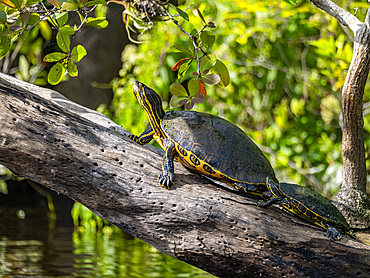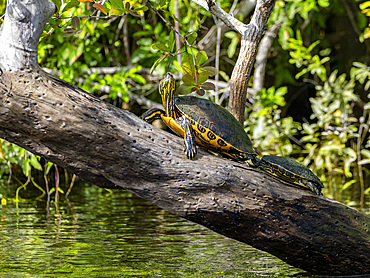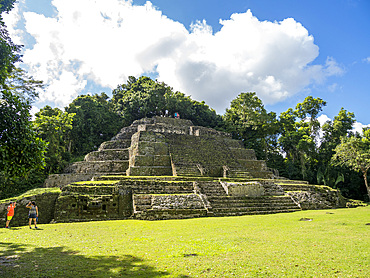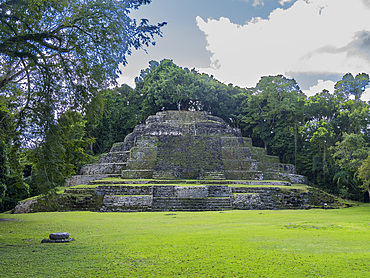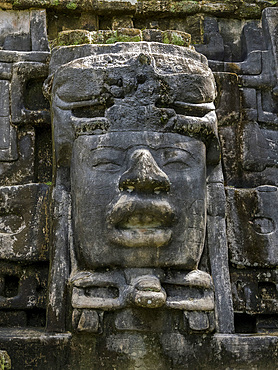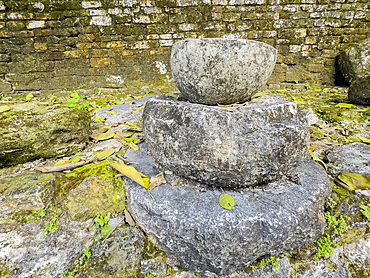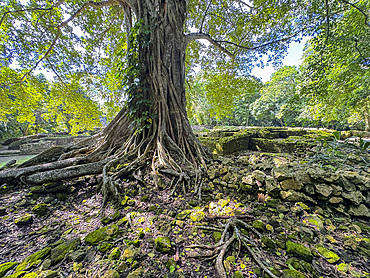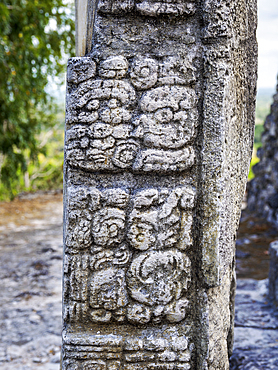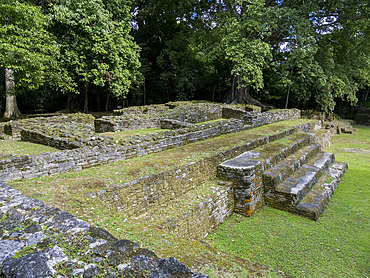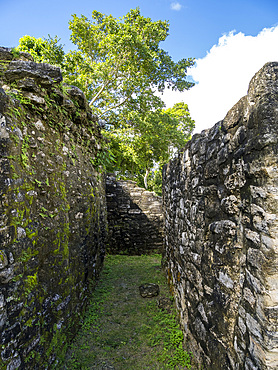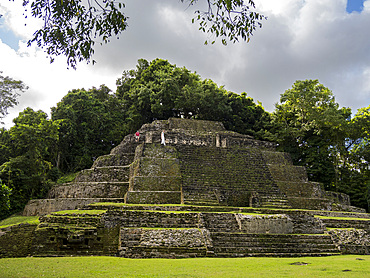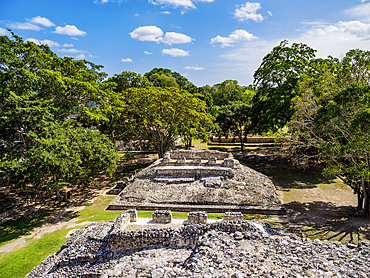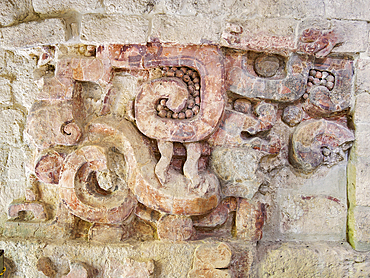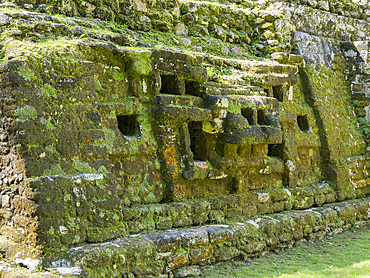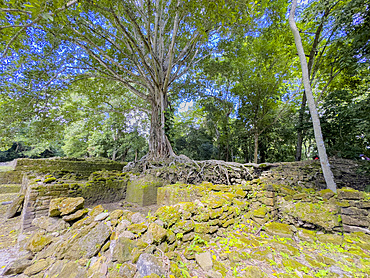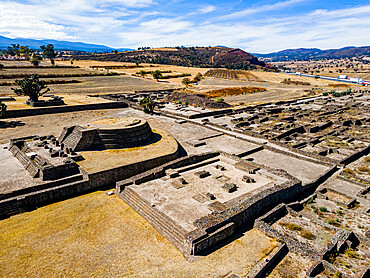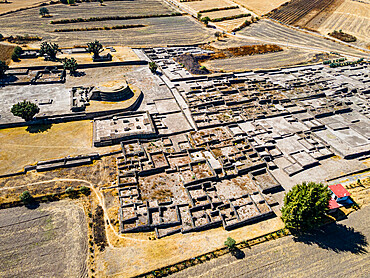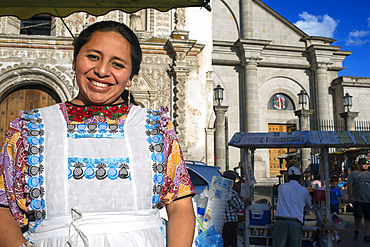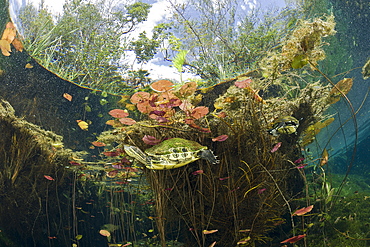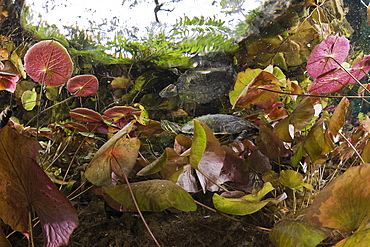Results
« Previous 1 2
164 results found
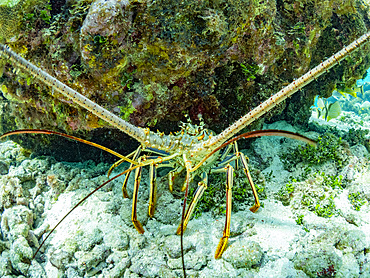
Caribbean spiny lobster (Panulirus argus), underwater at Half Moon Caye, UNESCO, Mesoamerican Barrier Reef, Belize
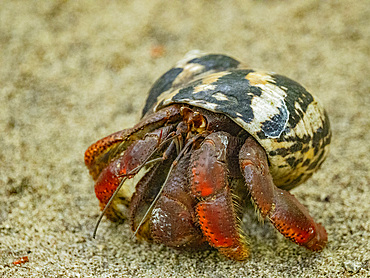
Caribbean land hermit crab (Coenobita clypeatus), Half Moon Caye, UNESCO, Mesoamerican Barrier Reef, Belize
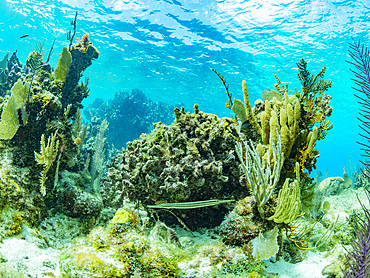
A myriad of fish and coral underwater at Hol Chan Marine Preserve, inside the Mesoamerican Barrier Reef, Belize

A myriad of fish and coral underwater at Hol Chan Marine Preserve, inside the Mesoamerican Barrier Reef, Belize
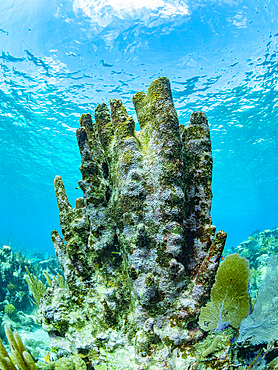
A myriad of fish and coral underwater at Hol Chan Marine Preserve, inside the Mesoamerican Barrier Reef, Belize
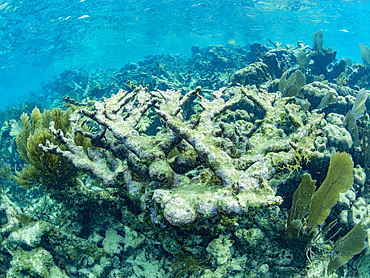
A myriad of fish and coral underwater at Hol Chan Marine Preserve, inside the Mesoamerican Barrier Reef, Belize
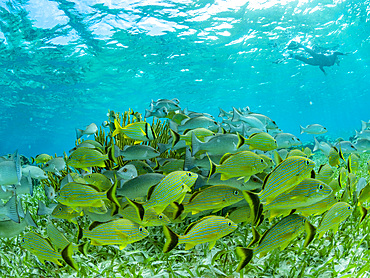
A myriad of fish and coral underwater at Hol Chan Marine Preserve, inside the Mesoamerican Barrier Reef, Belize
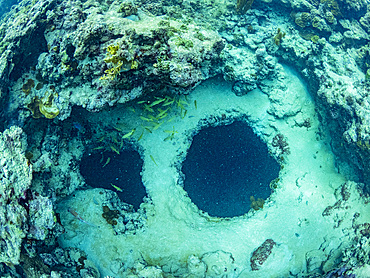
A myriad of fish and coral underwater at Hol Chan Marine Preserve, inside the Mesoamerican Barrier Reef, Belize
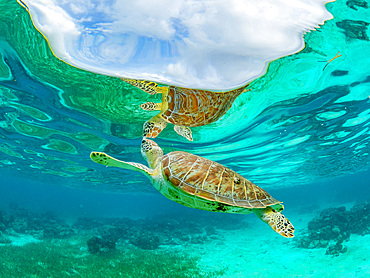
Green sea turtle (Chelonia mydas), surfacing for air near Caye Caulker, inside the Mesoamerican Barrier Reef, Belize
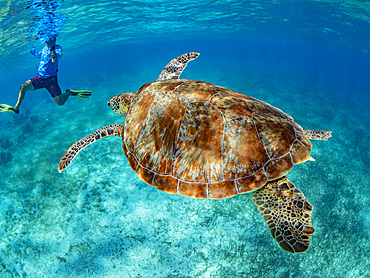
Green sea turtle (Chelonia mydas), with snorkeler near Caye Caulker, inside the Mesoamerican Barrier Reef, Belize
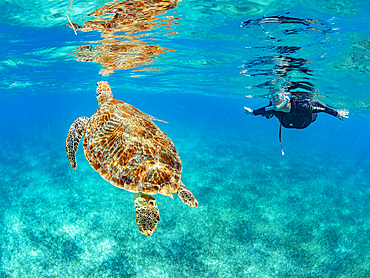
Green sea turtle (Chelonia mydas), with snorkeler near Caye Caulker, inside the Mesoamerican Barrier Reef, Belize
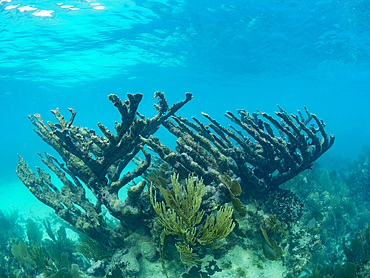
A myriad of fish and coral underwater at Hol Chan Marine Preserve, inside the Mesoamerican Barrier Reef, Belize
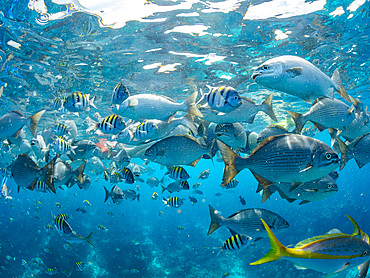
Brassy chubs (Kyphosus vaigiensis), being fed by boat operators inside the Mesoamerican Barrier Reef, Belize

Brassy chubs (Kyphosus vaigiensis), being fed by boat operators inside the Mesoamerican Barrier Reef, Belize

Ball court near the high temple at the Mesoamerican archaeological site of Lamanai (Submerged Crocodile), Belize
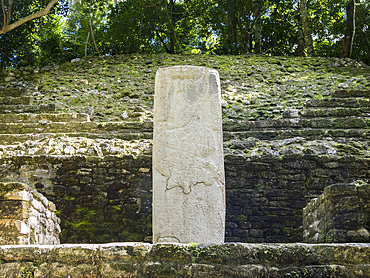
The temple Stela 9 complex at the Mesoamerican archaeological site of Lamanai (Submerged Crocodile), Belize
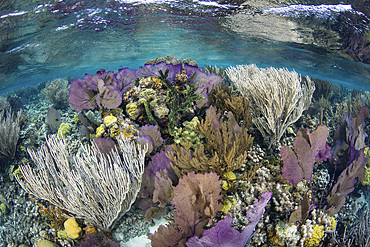
A beautiful coral reef, dominated by colorful gorgonians, grows along the edge of the Blue Hole in Lighthouse Reef in the Caribbean Sea. This reef is part of the massive Mesoamerican Reef System, the second largest barrier reef on Earth.

A well-camouflaged yellow stingray, Urobatis jamaicensis, swims over a shallow seagrass meadow growing within Turneffe Atoll's lagoon in the Caribbean Sea. This reef is part of the massive Mesoamerican Reef System, the second largest barrier reef on Earth
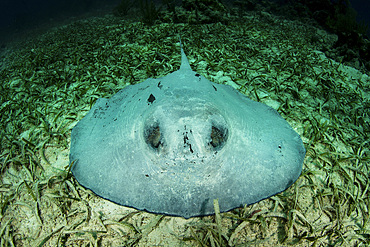
A large roughtail stingray, Dasyatis centroura, lays on the seagrass-covered seafloor of Turneffe Atoll off the coast of Belize. This reef is part of the massive Mesoamerican Reef System in the Caribbean Sea, the second largest barrier reef on Earth.
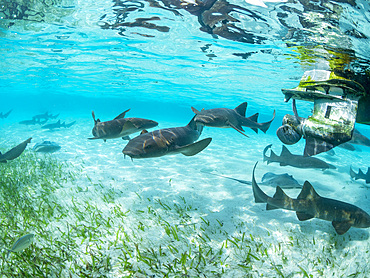
Nurse sharks (Ginglymostoma cirratum), being fed in shark and ray alley, Caye Caulker, Mesoamerican Barrier Reef, Belize
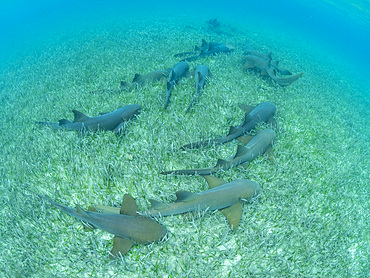
Nurse sharks (Ginglymostoma cirratum), massing in Hol Chan Marine Preserve, inside the Mesoamerican Barrier Reef, Belize
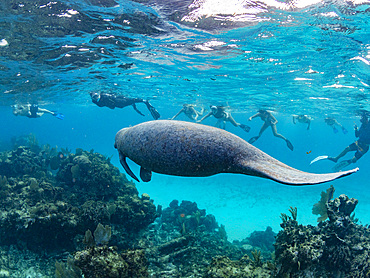
West Indian manatee (Trichechus manatus), with snorkelers near Caye Caulker, inside the Mesoamerican Barrier Reef, Belize
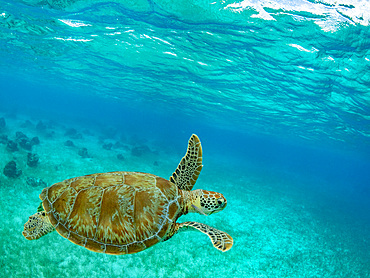
Green sea turtle (Chelonia mydas), surfacing for air near Caye Caulker, inside the Mesoamerican Barrier Reef, Belize
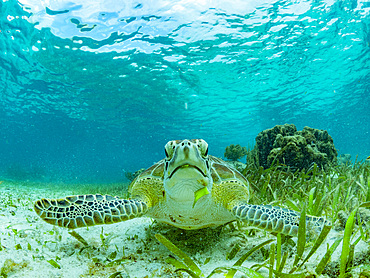
Green sea turtle (Chelonia mydas), feeding on the sand near Caye Caulker, inside the Mesoamerican Barrier Reef, Belize
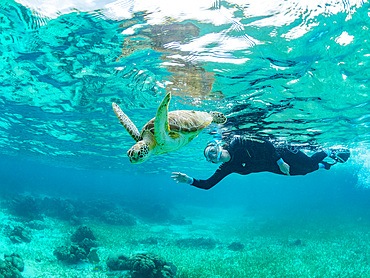
Green sea turtle (Chelonia mydas), with snorkeler near Caye Caulker, inside the Mesoamerican Barrier Reef, Belize
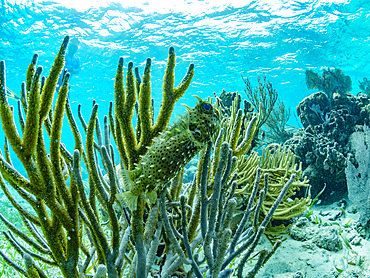
A myriad of fish and coral underwater at Hol Chan Marine Preserve, inside the Mesoamerican Barrier Reef, Belize
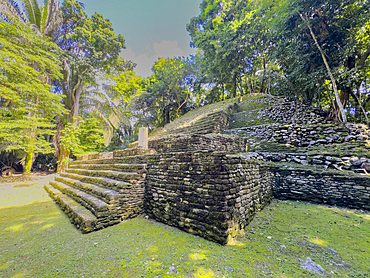
The Temple Stela 9 complex at the Mesoamerican archaeological site of Lamanai (Submerged Crocodile), Belize
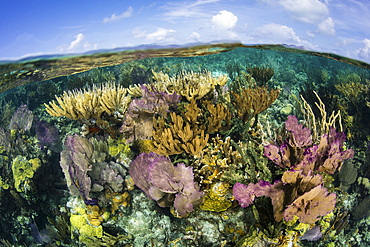
A beautiful coral reef, dominated by colorful gorgonians, grows along the edge of the Blue Hole in Lighthouse Reef in the Caribbean Sea. This reef is part of the massive Mesoamerican Reef System, the second largest barrier reef on Earth.
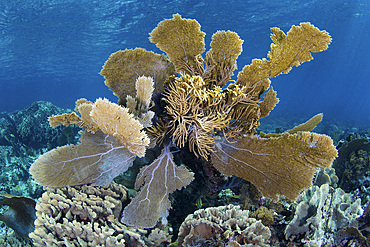
A beautiful coral reef, dominated by colorful gorgonians, grows along the edge of Turneffe Atoll in the Caribbean Sea. This reef is part of the massive Mesoamerican Reef System, the second largest barrier reef on Earth.
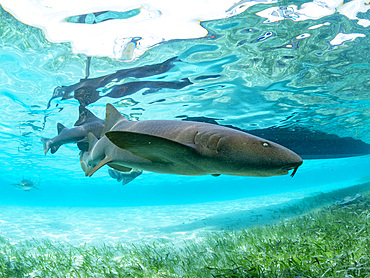
Nurse sharks (Ginglymostoma cirratum), being fed in shark and ray alley, Caye Caulker, Mesoamerican Barrier Reef, Belize
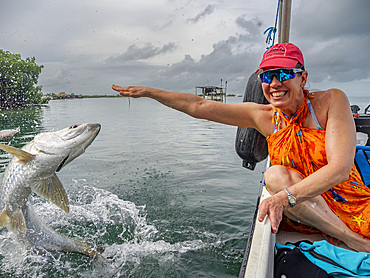
Tourists hand-feeding tarpon (Megalops atlaticus), at feeding station inside the Mesoamerican Barrier Reef, Belize
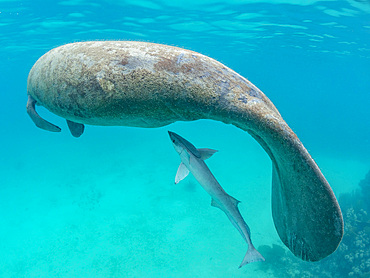
West Indian manatee (Trichechus manatus), with sharksucker, Caye Caulker, inside the Mesoamerican Barrier Reef, Belize
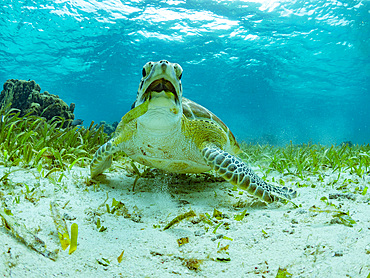
Green sea turtle (Chelonia mydas), feeding on the sand near Caye Caulker, inside the Mesoamerican Barrier Reef, Belize
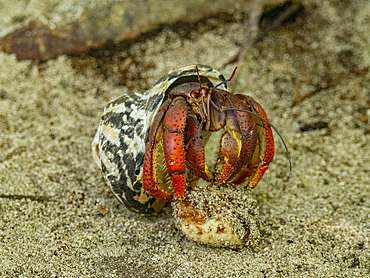
Caribbean land hermit crab (Coenobita clypeatus), Half Moon Caye, UNESCO, Mesoamerican Barrier Reef, Belize
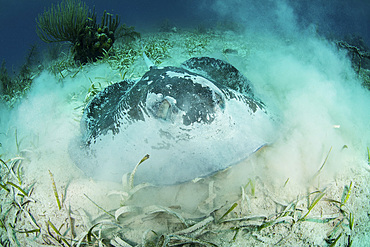
A large roughtail stingray, Dasyatis centroura, lays on the seagrass-covered seafloor of Turneffe Atoll off the coast of Belize. This reef is part of the massive Mesoamerican Reef System in the Caribbean Sea, the second largest barrier reef on Earth.

Kukulkan Pyramid, Mesoamerican step pyramid nicknamed El Castillo, Chichen Itza, UNESCO World Heritage Site, Yucatan, Mexico, North America

Mesoamerican slider turtles (Trachemys scripta ornata), River Chagres, Soberania Forest National Park, Gamboa, Panama, Central America
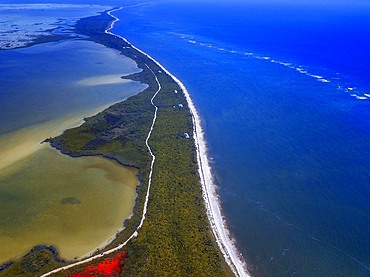
Aerial view of Punta Allen Sian Ka'an Reserve, Yucatan Peninsula, Mexico. Red lagoon near Boca Paila Bridge.
In the language of the Mayan peoples who once inhabited this region, Sian Ka'an means Origin of the Sky. Located on the east coast of the Yucatán peninsula, this biosphere reserve contains tropical forests, mangroves and marshes, as well as a large marine section intersected by a barrier reef. It provides a habitat for a remarkably rich flora and a fauna comprising more than 300 species of birds, as well as a large number of the region's characteristic terrestrial vertebrates, which cohabit in the diverse environment formed by its complex hydrological system.
Along its roughly 120 kilometres of coastline, the property covers over 400,000 hectares of land ranging from sea level to only ten m.a.s.l. The property boasts diverse tropical forests, palm savannah, one of the most pristine wetlands in the region, lagoons, extensive mangrove stands, as well as sandy beaches and dunes. The 120,000 hectares of marine area protect a valuable part of the Mesoamerican Barrier Reef and seagrass beds in the shallow bays. The lush green of the forests and the many shades of blue of the lagoons and the Caribbean Sea under a wide sky offer fascinating visual impressions.
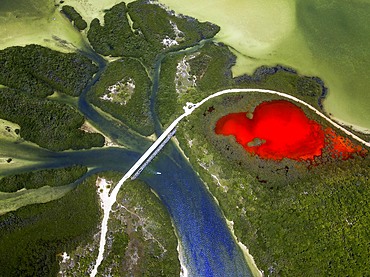
Aerial view of Punta Allen Sian Ka'an Reserve, Yucatan Peninsula, Mexico. Red lagoon near Boca Paila Bridge.
In the language of the Mayan peoples who once inhabited this region, Sian Ka'an means Origin of the Sky. Located on the east coast of the Yucatán peninsula, this biosphere reserve contains tropical forests, mangroves and marshes, as well as a large marine section intersected by a barrier reef. It provides a habitat for a remarkably rich flora and a fauna comprising more than 300 species of birds, as well as a large number of the region's characteristic terrestrial vertebrates, which cohabit in the diverse environment formed by its complex hydrological system.
Along its roughly 120 kilometres of coastline, the property covers over 400,000 hectares of land ranging from sea level to only ten m.a.s.l. The property boasts diverse tropical forests, palm savannah, one of the most pristine wetlands in the region, lagoons, extensive mangrove stands, as well as sandy beaches and dunes. The 120,000 hectares of marine area protect a valuable part of the Mesoamerican Barrier Reef and seagrass beds in the shallow bays. The lush green of the forests and the many shades of blue of the lagoons and the Caribbean Sea under a wide sky offer fascinating visual impressions.
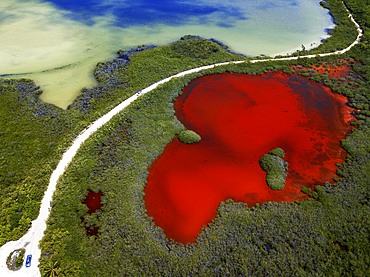
Aerial view of Punta Allen Sian Ka'an Reserve, Yucatan Peninsula, Mexico. Red lagoon near Boca Paila Bridge.
In the language of the Mayan peoples who once inhabited this region, Sian Ka'an means Origin of the Sky. Located on the east coast of the Yucatán peninsula, this biosphere reserve contains tropical forests, mangroves and marshes, as well as a large marine section intersected by a barrier reef. It provides a habitat for a remarkably rich flora and a fauna comprising more than 300 species of birds, as well as a large number of the region's characteristic terrestrial vertebrates, which cohabit in the diverse environment formed by its complex hydrological system.
Along its roughly 120 kilometres of coastline, the property covers over 400,000 hectares of land ranging from sea level to only ten m.a.s.l. The property boasts diverse tropical forests, palm savannah, one of the most pristine wetlands in the region, lagoons, extensive mangrove stands, as well as sandy beaches and dunes. The 120,000 hectares of marine area protect a valuable part of the Mesoamerican Barrier Reef and seagrass beds in the shallow bays. The lush green of the forests and the many shades of blue of the lagoons and the Caribbean Sea under a wide sky offer fascinating visual impressions.
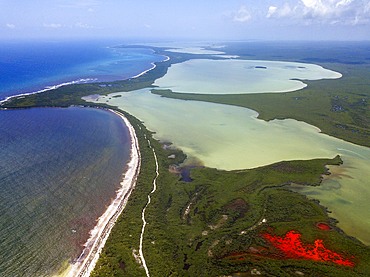
Aerial view of Punta Allen Sian Ka'an Reserve, Yucatan Peninsula, Mexico. Red lagoon near Boca Paila Bridge.
In the language of the Mayan peoples who once inhabited this region, Sian Ka'an means Origin of the Sky. Located on the east coast of the Yucatán peninsula, this biosphere reserve contains tropical forests, mangroves and marshes, as well as a large marine section intersected by a barrier reef. It provides a habitat for a remarkably rich flora and a fauna comprising more than 300 species of birds, as well as a large number of the region's characteristic terrestrial vertebrates, which cohabit in the diverse environment formed by its complex hydrological system.
Along its roughly 120 kilometres of coastline, the property covers over 400,000 hectares of land ranging from sea level to only ten m.a.s.l. The property boasts diverse tropical forests, palm savannah, one of the most pristine wetlands in the region, lagoons, extensive mangrove stands, as well as sandy beaches and dunes. The 120,000 hectares of marine area protect a valuable part of the Mesoamerican Barrier Reef and seagrass beds in the shallow bays. The lush green of the forests and the many shades of blue of the lagoons and the Caribbean Sea under a wide sky offer fascinating visual impressions.

Palms and old pier in Punta Allen Sian Ka'an Reserve, Yucatan Peninsula, Mexico.
In the language of the Mayan peoples who once inhabited this region, Sian Ka'an means Origin of the Sky. Located on the east coast of the Yucatán peninsula, this biosphere reserve contains tropical forests, mangroves and marshes, as well as a large marine section intersected by a barrier reef. It provides a habitat for a remarkably rich flora and a fauna comprising more than 300 species of birds, as well as a large number of the region's characteristic terrestrial vertebrates, which cohabit in the diverse environment formed by its complex hydrological system.
Along its roughly 120 kilometres of coastline, the property covers over 400,000 hectares of land ranging from sea level to only ten m.a.s.l. The property boasts diverse tropical forests, palm savannah, one of the most pristine wetlands in the region, lagoons, extensive mangrove stands, as well as sandy beaches and dunes. The 120,000 hectares of marine area protect a valuable part of the Mesoamerican Barrier Reef and seagrass beds in the shallow bays. The lush green of the forests and the many shades of blue of the lagoons and the Caribbean Sea under a wide sky offer fascinating visual impressions.
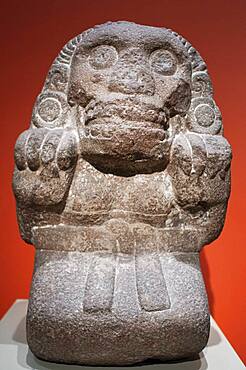
Aztec Cihuateotl. Mexico, Aztec. Late 15th-early 16th century. Stone. Metropolitan Museum of Art in New York City. 82nd Street Manhattan New USA

The Danza de los Voladores, Dance of the Flyers, or Palo Volador, Pole Flying, is an ancient Mesoamerican ceremony and ritual, Tulum, Riviera Maya, Quintana Roo, Mexico

The Danza de los Voladores, Dance of the Flyers, or Palo Volador, Pole Flying, is an ancient Mesoamerican ceremony and ritual, Tulum, Riviera Maya, Quintana Roo, Mexico

A Mayan ball player poses for a portrait in Chapab village in Yucatan state in Mexico's Yucatan peninsula

Mayan ball players pose for their portrait in Chapab village in Yucatan state in Mexico's Yucatan peninsula
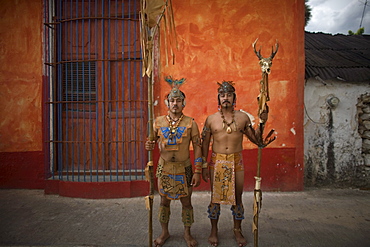
Mayan ball players pose for a portrait in Chapab village in Yucatan state in Mexico's Yucatan peninsula

Wall mural, El Tlalocan (Tlaloc's Paradise), Palace of Tepantitla, Teotihuacan Archeological Zone, State of Mexico, Mexico

Wall mural of the Jade Goddess (or Thaloc), Palace of Tetitla, Teotihuacan Archeological Zone, State of Mexico, Mexico

